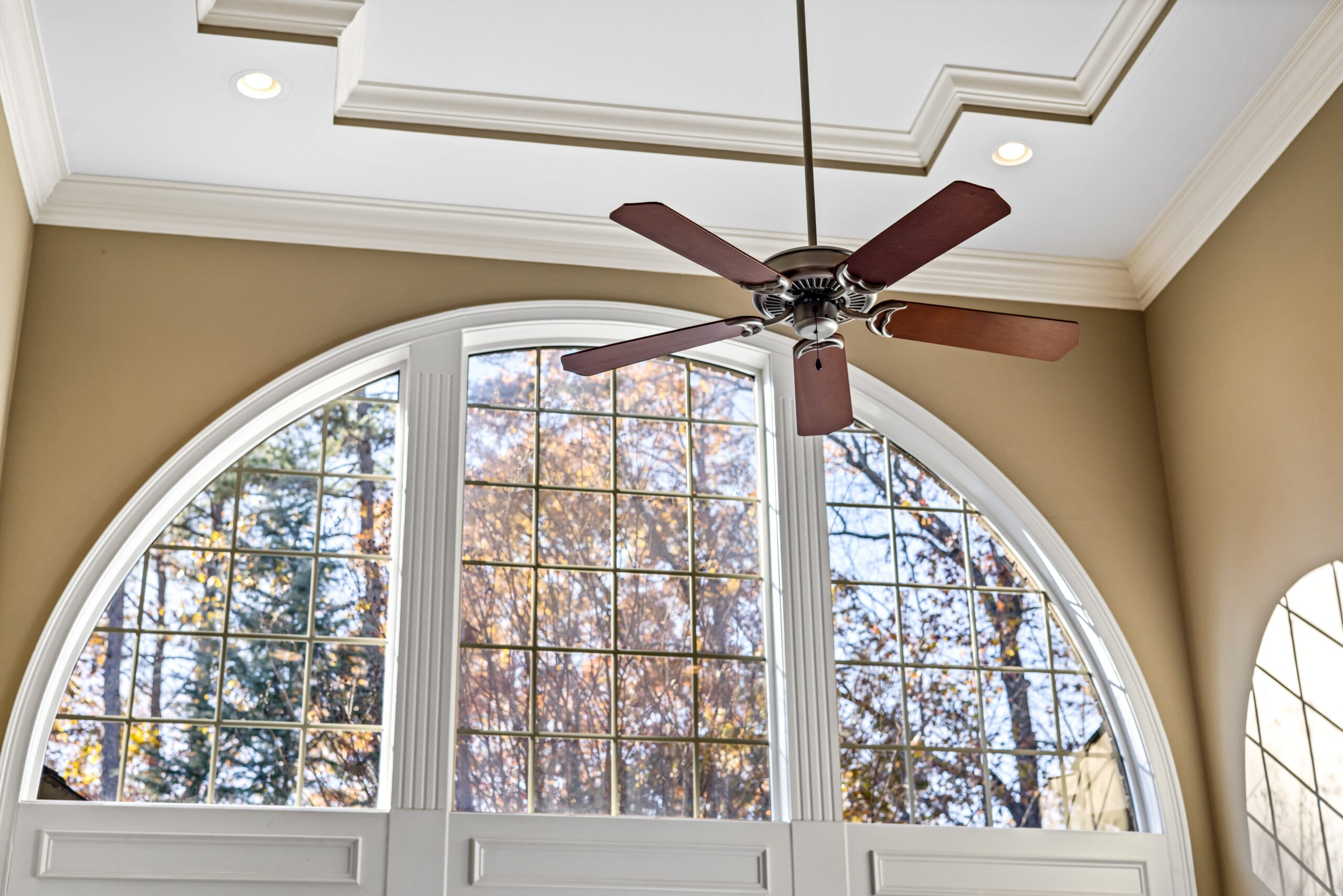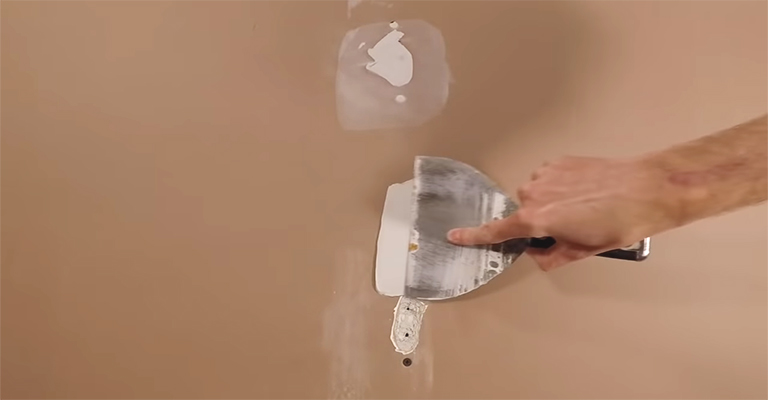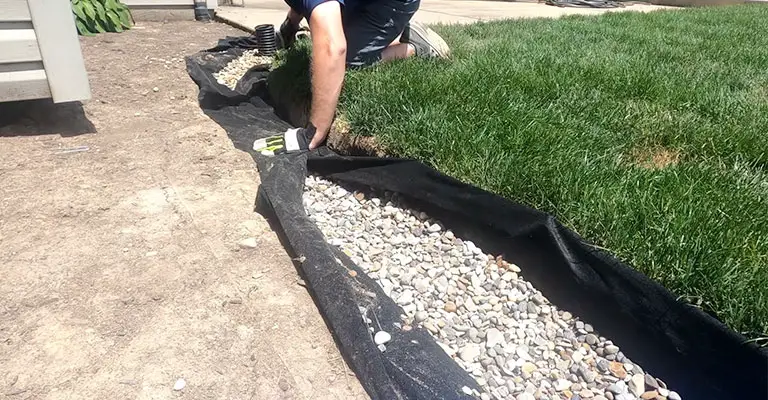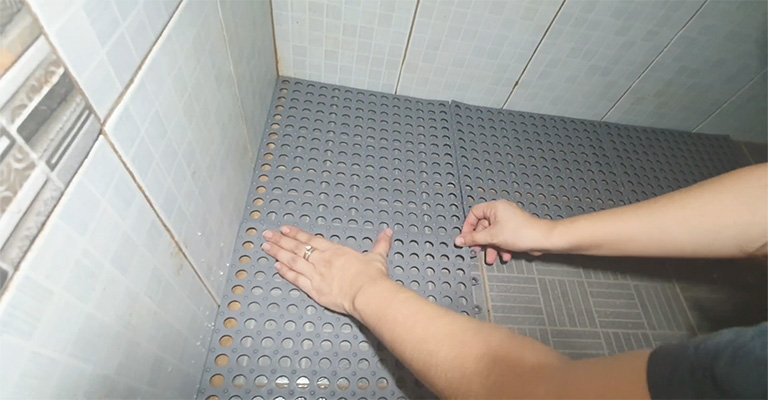Ceiling Fan Shakes: Causes, Solutions, and Tips

Ceiling fans are an essential home appliance for maintaining a comfortable temperature and circulating air. However, a common issue that many homeowners face is the annoying wobbling or shaking of their ceiling fans.
In this article, we’ll explore the potential causes of ceiling fan shakes, possible solutions, and tips to prevent this issue from arising in the future. By understanding the various factors contributing to ceiling fan shakes, you’ll be able to enjoy a more peaceful and energy-efficient home environment.
Causes of Ceiling Fan Shakes
Solving the Wobbly Ceiling Fan
1. Unbalanced Fan Blades
One of the primary reasons a ceiling fan shakes is due to unbalanced fan blades. This issue can result from the blades being bent, warped, or having an uneven weight distribution. Unbalanced blades can cause the entire fan to wobble and shake, which can be both annoying and potentially damaging to your ceiling fan’s motor.
2. Loose or Improperly Installed Parts
Another common cause of ceiling fan shakes is loose or improperly installed parts. This includes screws, brackets, and the fan’s mounting hardware. If these components are not tightened securely, the fan can wobble and create vibrations that lead to shaking.
3. Bent or Damaged Motor Shaft
A bent or damaged motor shaft can also cause your ceiling fan to shake. This issue can result from improper installation, shipping damage, or an accident while handling the fan. A damaged motor shaft can lead to wobbling and potential motor damage if not addressed promptly.
Solutions for Ceiling Fan Shakes
Blade Balancing Kit for the Entire Ceiling Fan
1. Balancing the Fan Blades
To fix unbalanced fan blades, you’ll need a fan balancing kit, which includes a plastic balancing clip and adhesive weights. First, turn off the fan and wait for the blades to stop spinning. Then, attach the balancing clip to the trailing edge of one blade, about halfway from the center.
Turn the fan back on and observe whether the shaking has improved. If not, move the clip to the next blade and repeat the process. Once you’ve identified the blade causing the imbalance, apply the adhesive weights to the top of the blade to balance it out. Test the fan again to ensure the shaking has been resolved.
2. Tightening Loose Parts
To address loose or improperly installed parts, turn off the fan and inspect all screws, brackets, and mounting hardware. Make sure everything is securely tightened and correctly installed. If necessary, consult your ceiling fan’s instruction manual for guidance on proper installation techniques.
3. Replacing a Damaged Motor Shaft
If your ceiling fan’s motor shaft is bent or damaged, it’s best to contact the manufacturer or a professional technician for assistance. They can help determine if the motor shaft needs to be replaced and provide guidance on the best course of action.
Tips to Prevent Ceiling Fan Shakes
Ceiling Fan Blades and Blade Holders
1. Choose High-Quality Fans
Investing in a high-quality ceiling fan can help prevent shaking issues. Premium fans typically have better-balanced blades, sturdier construction, and more durable motors, reducing the likelihood of developing problems over time.
2. Proper Installation
Proper installation is crucial in preventing ceiling fan shakes. Ensure that the fan is securely mounted to a ceiling joist or an appropriate support bracket. Additionally, follow the manufacturer’s instructions for installing and tightening all components.
3. Regular Maintenance
Regularly inspecting and maintaining your ceiling fan can help prevent shaking issues from arising. This includes cleaning the blades, tightening loose parts, and checking for any signs of wear or damage. By keeping your fan in optimal condition, you can enjoy smooth and quiet operation for years to come.
Frequently Asked Questions (FAQs)
Electrical Box and Blade Holder
In this section, we’ll address some common questions and concerns about ceiling fan shakes, providing you with even more knowledge to tackle this issue head-on.
How do I know if my ceiling fan is shaking more than it should?
All ceiling fans will have a slight amount of movement during operation, but excessive shaking or wobbling is not normal. If you notice your fan visibly wobbling, creating excessive noise, or the shaking worsens over time, it’s a sign that your ceiling fan may need attention.
Can ceiling fan shakes be dangerous?
While a mild amount of shaking may not pose an immediate threat, persistent or severe shaking can potentially damage the fan’s motor or mounting hardware. In extreme cases, a shaking fan could become detached from the ceiling and cause injuries or property damage. It’s essential to address ceiling fan shakes promptly to avoid any potential hazards.
How often should I check and maintain my ceiling fans?
It’s a good idea to inspect your ceiling fans at least once or twice a year, preferably before the start of the summer and winter seasons. Regular inspections will help you identify any issues, such as loose screws or unbalanced blades, before they escalate into more significant problems.
Can a ceiling fan shakes cause energy inefficiency?
Yes, a shaking ceiling fan can consume more energy than one operating smoothly. Shaking can put additional strain on the motor, leading to higher energy consumption and potentially shorter lifespan for the fan. Addressing ceiling fan shakes will not only improve your comfort but also contribute to a more energy-efficient home.
Is it worth repairing a shaking ceiling fan, or should I replace it?
It depends on the age, quality, and condition of your ceiling fan. If the fan is relatively new and the shaking is due to a fixable issue like unbalanced blades or loose hardware, it’s often more cost-effective to repair the fan. However, if the fan is older or consistently experiencing problems, it may be more practical to replace it with a new, higher-quality model.
Conclusion
Fan Support Bracket
Ceiling fan shakes can be frustrating and disruptive, but by understanding the potential causes and taking appropriate steps to address them, you can enjoy a more comfortable and energy-efficient home environment.
Fan Blade and Fan Box
Remember, the key to preventing and fixing ceiling fan shakes lies in proper installation, regular maintenance, and investing in high-quality fans. By following these guidelines, you can ensure your ceiling fan operates smoothly, quietly, and efficiently for years to come.
Wobbling Ceiling Fan with Warped Blades
Now that you’re armed with the knowledge to identify and fix ceiling fan shakes, you can confidently tackle this common household issue. Don’t let wobbling ceiling fans disrupt your peace and comfort; take action today to enjoy a more stable and serene living space.
Fan Brace and All the Blades
Armed with this comprehensive guide on ceiling fan shakes, you’re now well-equipped to tackle any wobbling fan challenges that come your way. Say goodbye to shaky, noisy ceiling fans, and embrace a more peaceful, comfortable home environment for you and your family.







